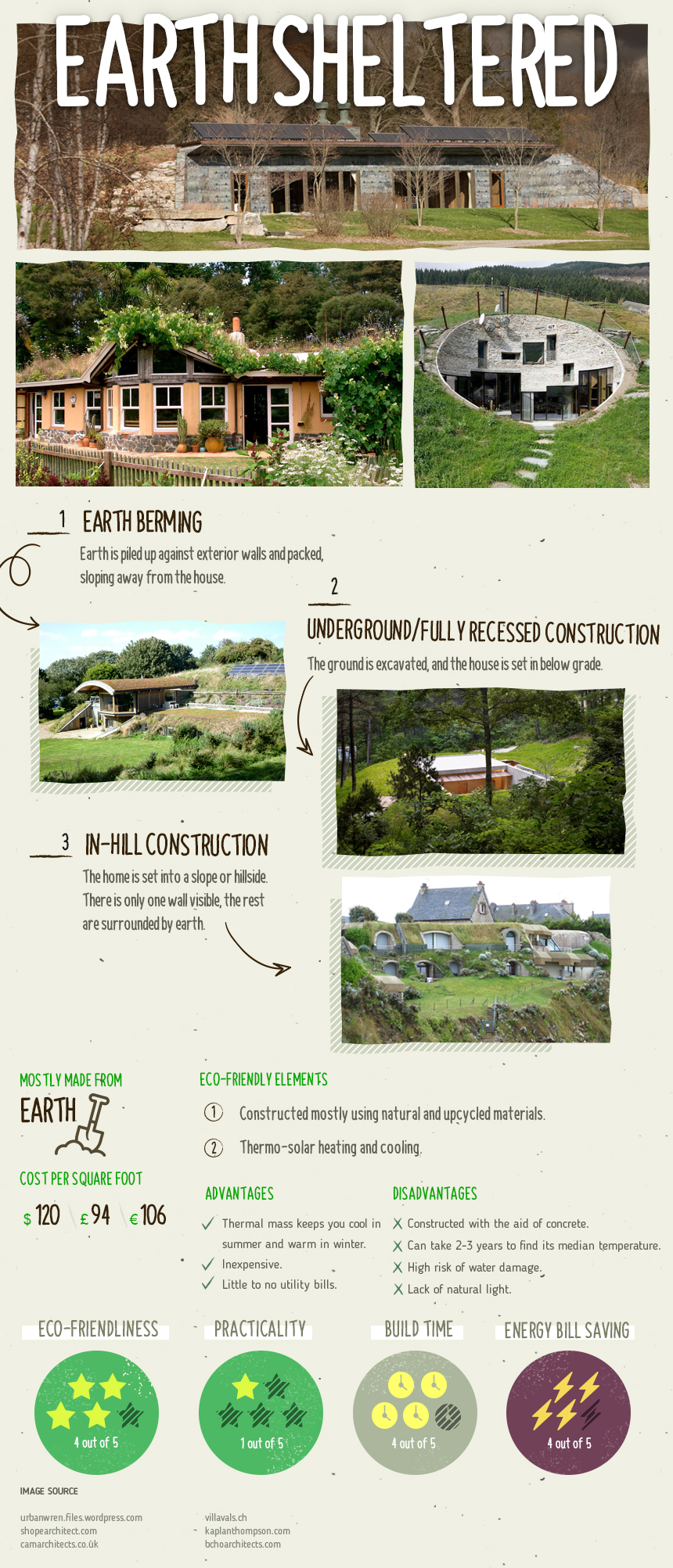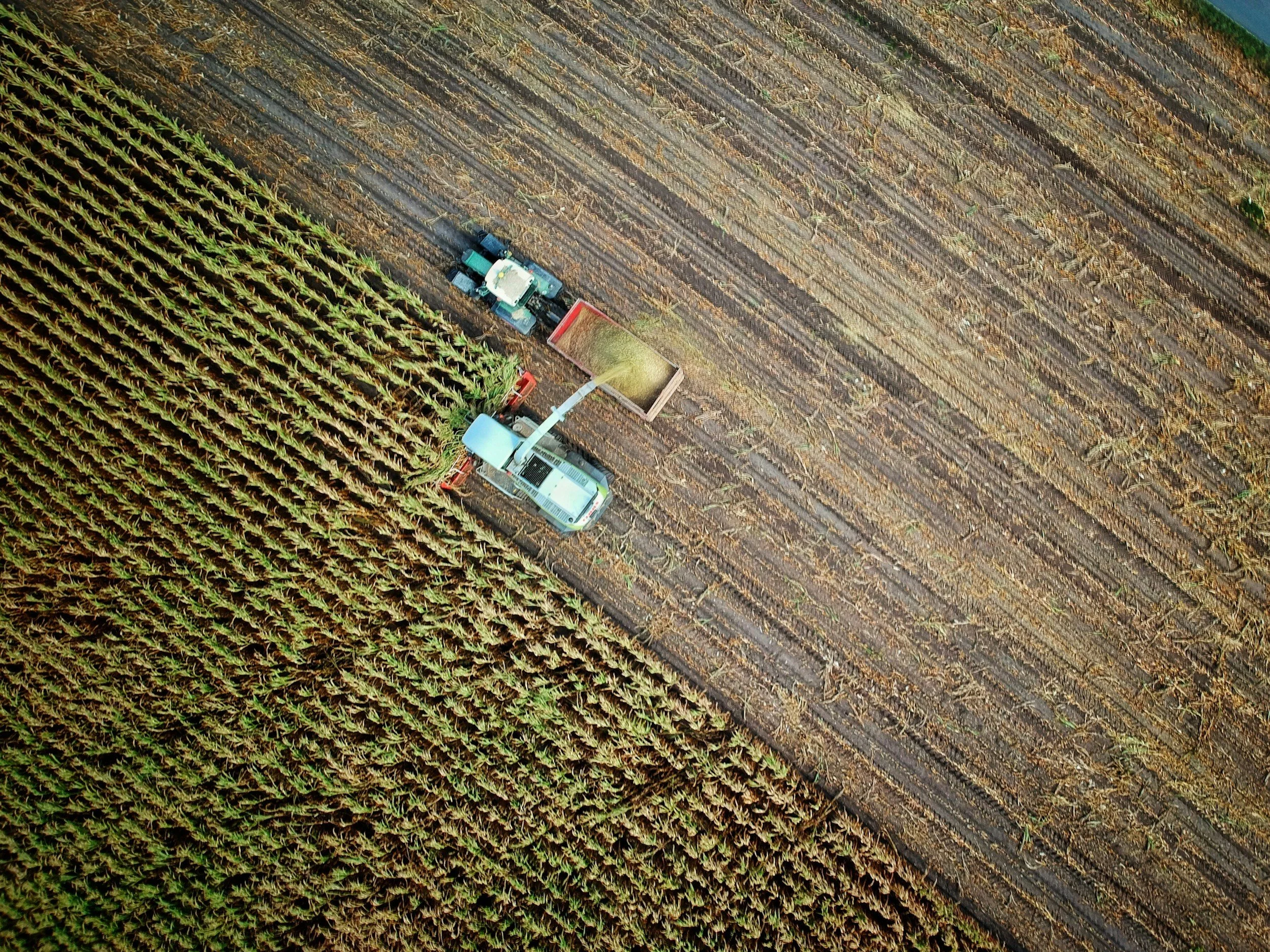Eco-Housing Design Types
/Private homes are estimated to be responsible for about one-fifth to one-fourth of global carbon dioxide emissions, and for that reason, eco-friendly construction or green building is becoming more and more of a necessity. If you’re looking to move home and want something more eco-friendly, Roof Stores have been investigating some alternative types of housing that will help you cut down your carbon footprint…
Earthship
Earthship designs are made completely from natural and upcycled materials. They are built with the intention of being “Off-The-Grid ready”. This means they place minimal reliance on public utilities and fossil fuels. They are also constructed to use available natural resources -- in particular energy from the sun, and rain water.
Eco-Friendly Elements
Constructed using natural and upcycled materials.
Thermo-solar heating and cooling.
Solar and wind electricity.
Self-contained sewage treatment.
Water harvesting and long-term storage.
Earth Sheltered
Earth Sheltered Houses are typically built into the side of, or underneath the ground. This could be through ‘Earth Berming,’ where earth is piled up against exterior walls and packed, sloping away from the house. Or, they could be classed as ‘in-Hill Construction’ where the home is set into a slope or hillside. There is usually only one wall visible, the rest are surrounded by earth. Some houses are completely underground, otherwise known as Fully Recessed Construction. This is where the ground is excavated, and the house is set in below grade.
Eco-Friendly Elements
Thermal mass: generated by the earth surrounding the building, warming the house in winter and cooling it in summer.
Prefabricated
Pre-fabricated designs are houses that are constructed off-site. Once complete, they are shipped to your chosen location and even assembled for you.
Eco-Friendly Elements
Green Construction: Prefabricated houses use less energy during construction.
Green Materials: Typically built with environmentally friendly and recyclable materials like wood and steel.
Wastage: There’s less wastage during construction.
Shipping Container
Homes made out of shipping containers! They have grown in popularity over the past several years due to their inherent strength, wide availability, and relatively low expense.
Eco-Friendly Elements
Reusing Steel: for each recycled shipping container, 7,000 pounds of steel become reused.
Less Concrete & Cement: the only concrete that you will need will be for the foundations.
The Tiny House Movement
Tiny houses have become so popular that they have their own ‘movement’. Generally, they are under 500 square feet.
Eco-Friendly Elements
Less building materials required.
Easier to build with recycled, repurposed and salvaged materials.
Reduced life cycle cost of materials.
Smaller space to heat.
Can be mostly powered off solar and wind resources due to size.
Composting toilet.
Catch and filtration of rainwater.
Check out the infographic below for more details.
Like this? Please pin!











































